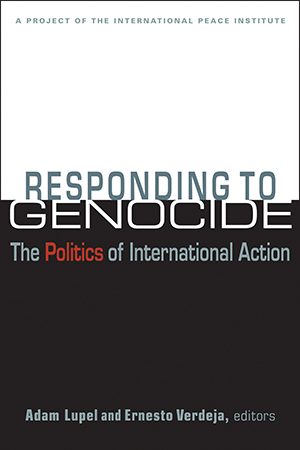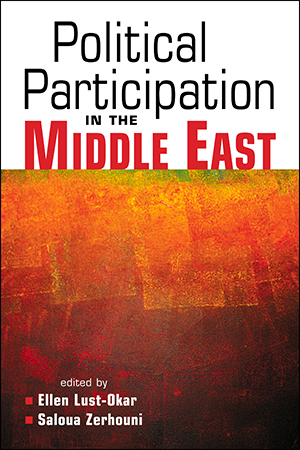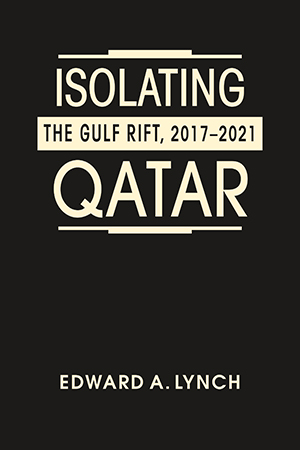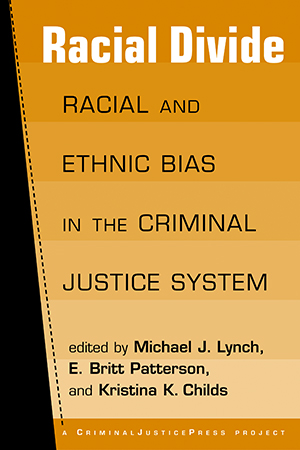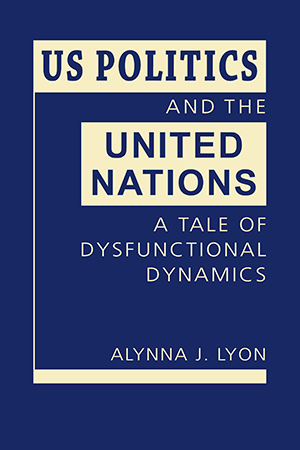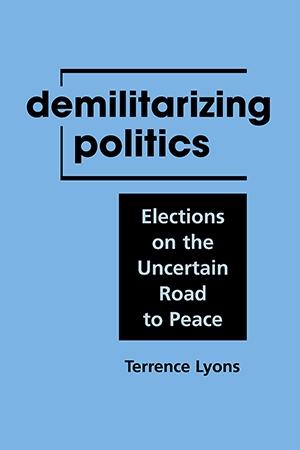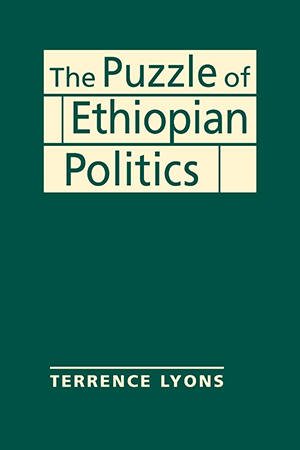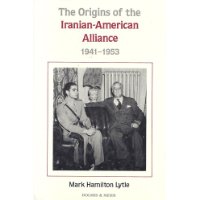BOOKS
What are the causes of genocide and mass atrocities? How can we prevent these atrocities or, when that is no longer possible, intervene to stop them? What are the impediments to timely and More >
What is the cumulative impact of the immense social, economic, and political changes that Africa has undergone in recent decades? What opportunities do those changes present to improve the More >
Political Participation in the Middle East provides essential context for understanding current political activism across the MENA region. Through an in-depth exploration of seven More >
In June 2017, Bahrain, Egypt, Saudi Arabia, and the UAE announced a comprehensive boycott of Qatar. Diplomatic ties were severed, trade was banned, and airspace was closed. Qatari nationals More >
This acclaimed textbook insightfully frames the problem of crime in relation to class, race, gender, culture, and history. More >
How is the racial divide in US society reflected in the practices of the nation's criminal justice system? Documenting a persistent pattern of institutionalized racial and ethnic More >
It is no secret that the US variously pulls away from the United Nations and embraces it as a significant venue for policy initiatives. But what explains this dramatic inconsistency? What is More >
With the increasing use of elections as a tool for peacebuilding after civil war, the question of why some postconflict elections succeed and others fail is a crucial one. Tackling this More >
How did a group with its origins in a small Marxist-Leninist insurgency in northern Ethiopia transform itself into a party (the EPRDF) with eight million members and a hierarchy that links More >
Understanding US initiatives in Iran from 1941 to 1953 provides insight into much broader areas of American foreign policy: the tension between military and political strategists during More >



